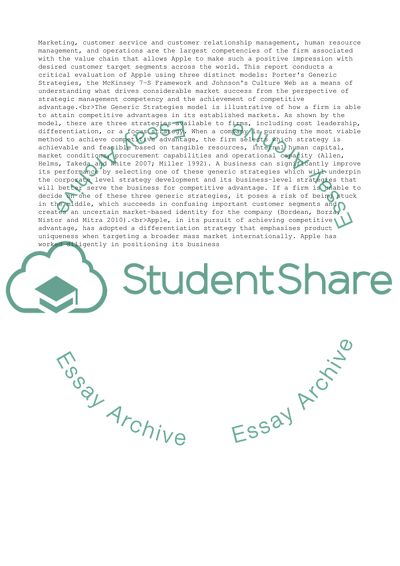Cite this document
(“Strategic Management Essay Example | Topics and Well Written Essays - 3000 words - 35”, n.d.)
Strategic Management Essay Example | Topics and Well Written Essays - 3000 words - 35. Retrieved from https://studentshare.org/management/1667895-strategic-management
Strategic Management Essay Example | Topics and Well Written Essays - 3000 words - 35. Retrieved from https://studentshare.org/management/1667895-strategic-management
(Strategic Management Essay Example | Topics and Well Written Essays - 3000 Words - 35)
Strategic Management Essay Example | Topics and Well Written Essays - 3000 Words - 35. https://studentshare.org/management/1667895-strategic-management.
Strategic Management Essay Example | Topics and Well Written Essays - 3000 Words - 35. https://studentshare.org/management/1667895-strategic-management.
“Strategic Management Essay Example | Topics and Well Written Essays - 3000 Words - 35”, n.d. https://studentshare.org/management/1667895-strategic-management.


